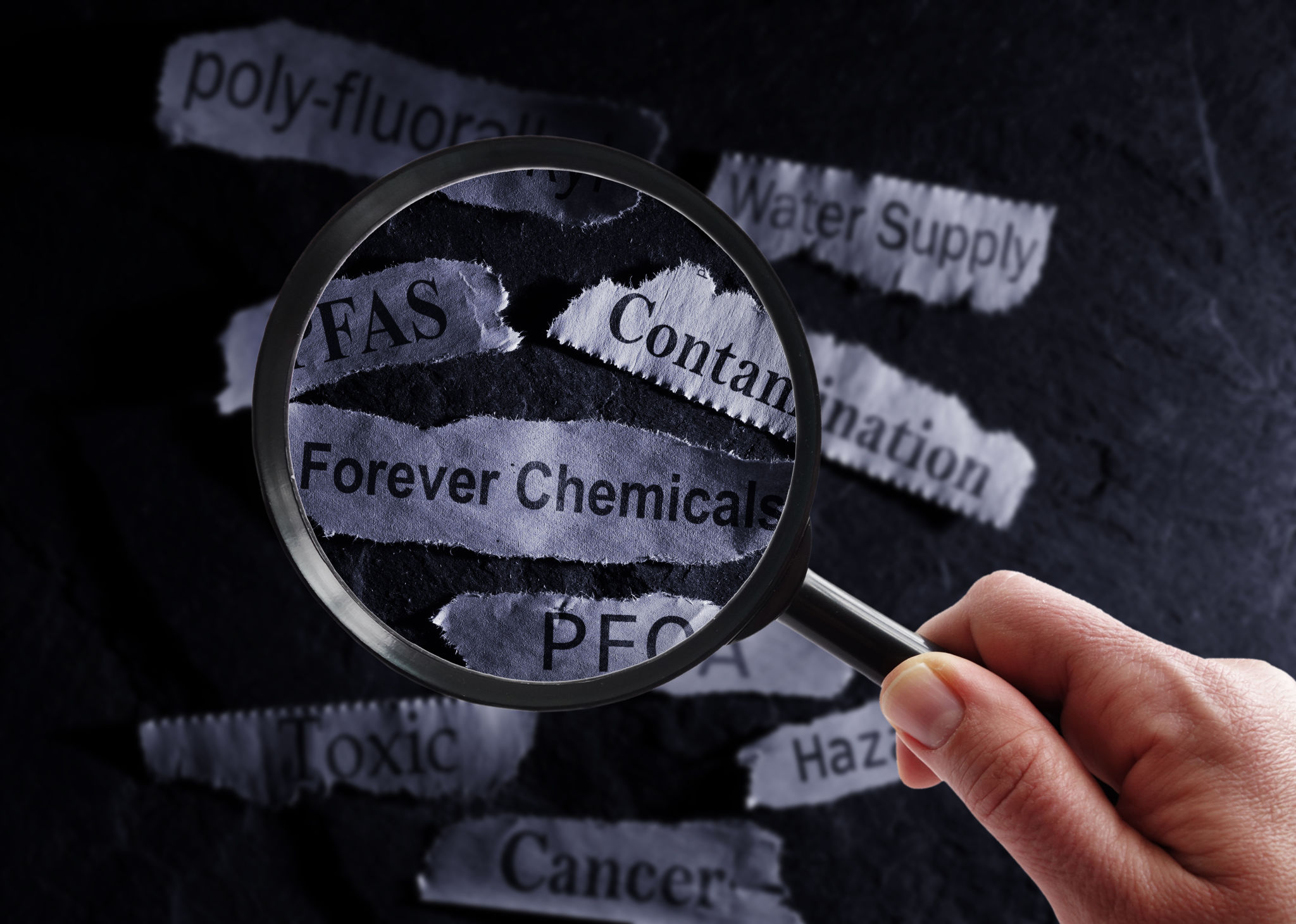Expert Insights: The Future of PFAS Research and Regulations
Understanding PFAS: A Brief Overview
Per- and polyfluoroalkyl substances (PFAS) have been a subject of increasing concern due to their widespread presence and potential health impacts. Known as "forever chemicals" due to their persistence in the environment, PFAS are used in a wide range of products from firefighting foams to non-stick cookware. Their resistance to degradation makes them particularly challenging to manage, leading to growing attention from researchers and regulators alike.

The Current State of PFAS Research
Research on PFAS is expanding rapidly, focusing on understanding their environmental impact, health implications, and removal methods. A key area of study is the development of new technologies for detecting and quantifying PFAS in various matrices including water, soil, and biological tissues. Scientists are also investigating the toxicological effects of different PFAS compounds on human health, seeking to establish safe exposure levels.
Another critical aspect of PFAS research is the exploration of remediation techniques. Researchers are exploring various methods such as advanced oxidation processes, adsorption, and biodegradation to effectively remove or neutralize these chemicals. The challenge lies in finding solutions that are both cost-effective and environmentally sustainable.

Innovative Approaches in PFAS Detection
Recent advancements in analytical chemistry have led to the development of more sensitive and accurate methods for PFAS detection. Techniques such as liquid chromatography coupled with mass spectrometry (LC-MS) are becoming more prevalent, allowing for the detection of even trace amounts of PFAS compounds. These innovations are crucial for monitoring environmental contamination and assessing human exposure levels.
Regulatory Landscape: Changes and Challenges
The regulatory landscape for PFAS is evolving as awareness of their potential risks grows. Governments worldwide are implementing stricter regulations and guidelines to manage PFAS contamination. In the United States, the Environmental Protection Agency (EPA) has been actively working on establishing drinking water standards for specific PFAS compounds, while the European Union is considering a broader ban under its REACH regulation.

International Collaboration and Policy Development
Global collaboration is essential in addressing the challenges posed by PFAS. International bodies and agreements are facilitating the sharing of research findings and regulatory strategies across borders. This collective approach aims to harmonize standards and reduce regulatory gaps that could be exploited by industries using PFAS.
The Future of PFAS Regulations
The future of PFAS regulations is likely to see the introduction of more comprehensive policies aimed at minimizing human and environmental exposure. This includes not only stricter limits on emissions and discharges but also measures to phase out the use of certain PFAS in consumer products. A proactive regulatory approach will be crucial in driving innovation in safer alternatives and ensuring public health protection.
As research continues to uncover the complexities of PFAS, it is evident that a multi-faceted strategy involving scientific innovation, regulatory action, and public awareness is essential. By staying informed and engaged with these developments, stakeholders can contribute to a future where the risks associated with PFAS are effectively managed.
